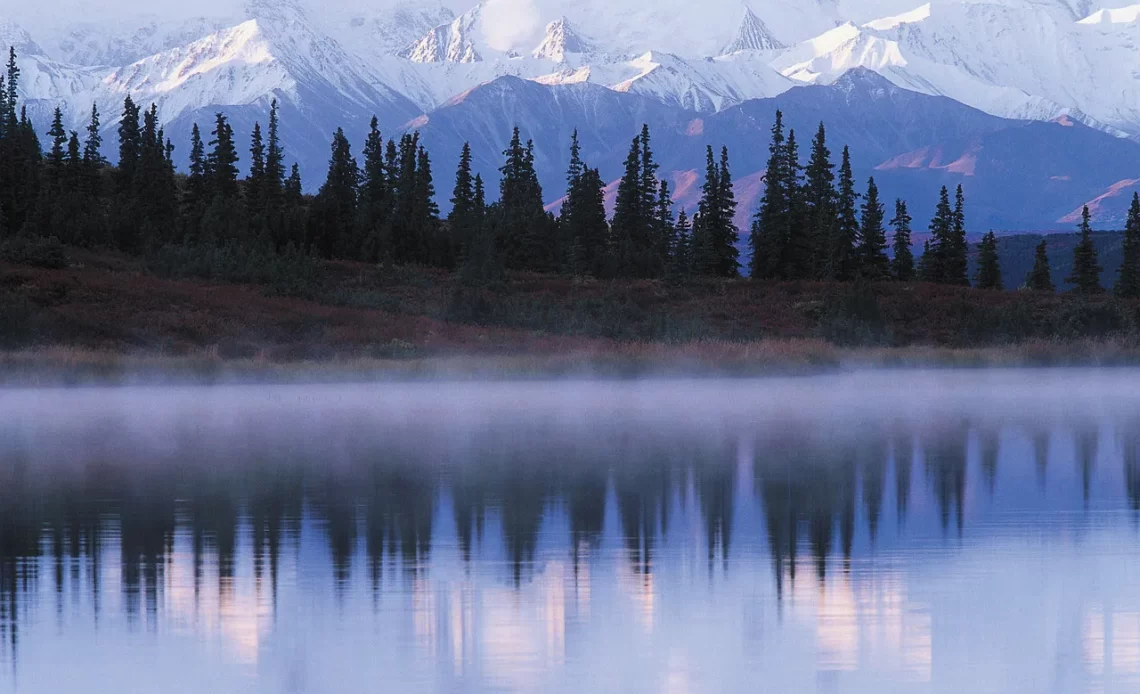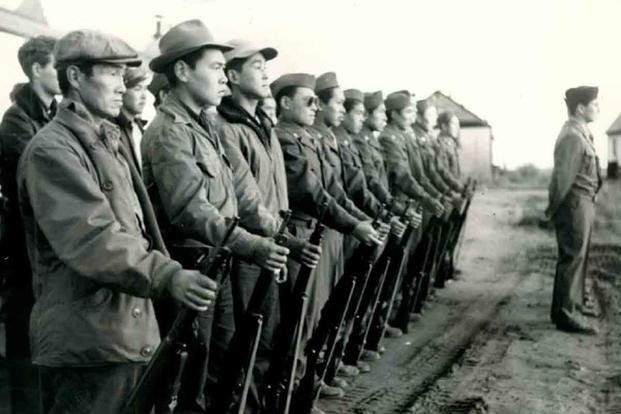
Alaska…the 49th state of the United States of America (USA). But, very few people know that it became a part of the US only in 1867 and was a part of Russia till then. It was all because of several economic issues faced by Moscow, that it decided to ‘sell’ the territory to its then ‘ally’ US that too at a cost of just $7.2 million. However, as time passed, the land of beautiful landscapes, rich surfaces and underground resources turned out to be of much greater strategic importance. Experts believe that Moscow still regrets the deal with its now ‘rival’ Washington.
History of Alaska
Russia, which is so humongous in size — even after its disintegration from USSR — was not that big a land force in the 16th century. It was carrying out its eastern land expansion, during which it also brought Alaska under its control. Moscow’s conquest of Siberia also started with the Russian capture of the Khanate, Sibir in the 16th century itself. Under Russian emperor ‘Peter, the Great’, Moscow launched exploration missions into Alaska — the 586,412 square miles (1,518,800 square km) of land at the northwestern tip of the North American continent.
The primary objective of the team was American exploration and transgressing more control in the Asian region. However, in comparison to today, the region had an extremely cold and ‘fatal’ climate, so not many creatures were present on the land. Finally, the island was inhabited by some 800 Russian citizens and subsequently, a settlement was built at Fort Ross.

The map showing the region of Alaska between Russia and the US (Photo: World Map)
Crimean War
At this juncture, when Russia was already feeling sceptic about its prospects in Alaska, came the episode of the Crimean War (1853-56). Russia was aiming to take control of the Baltic countries; Bulgaria, Romania, Moldova and Crimea from the Ottoman Empire. Moscow cited that it is entering the battle to “protect the Christians” against the Muslim-majority Ottoman Empire. But, things didn’t go as planned by Russia.
When it invaded Romania in 1853, Turkey launched an offensive against Moscow. Ankara was also supported by Britain and France, as the two European powers also wanted to destroy the Russian naval power in the Black Sea. Ultimately, the war ended in 1856 with the Treaty of Paris. This treaty did not just restore the Russian and Ottoman territories at the pre-war level, but also de-militarised the Black Sea, further weakening the Russian influence in the region. This turned out to be the last nail in the coffin for Moscow. With depleting reserves and over 12,000 war casualties, it now viewed Alaska as more of a liability.

Visual of the Treaty of Alaska signed between the US and Russia in 1867 (Photo: US State Department)
The Treaty of Alaska
Now, in today’s context, it might sound very surprising, but the fact is that Russia and the US were ‘allies’ in the 1800s, and it was due to the shared dislike against the British Empire. It was because of this reason that Russia eventually approach the US for selling Alaska. The initial deal was offered in 1859, but the work firmly began on this front after the US stabilised from its civil wars. The team sent by Moscow to estimate the value of natural resources in Alaska valued the cost at $10 million and advised “not to sell” the territory. However, Russia still went ahead with its offer and eventually the price was negotiated to $7.2 million. The deal was approved by the US Senate, was subsequently signed by US President Andrew Johnson and finally Alaska was transferred to the US on October 18, 1867.

US recruited ‘Eskimo Scouts’ to protect the Alaska region from the Japanese attacks (Photo: Military.com)
Significance of the Deal
One of the major impacts of the deal was that it ended Russian presence in the continent of North America, and the US got crucial control over the Northern Pacific rim. But, surprisingly, the US also didn’t pay much heed to the region initially. The region was governed through military, naval, and treasury rules. It was only in 1884, that the US established a civil government in the region. It finally became the 49th US state on January 3, 1959. Not just that, the Alaska deal was initially considered a matter of loss for the US, famously remarked as ‘Seward’s Folly‘ (mocking then Secretary of State William Henry Seward — who played a crucial role in the deal — for purchasing an “icebox”).
But, all this changed when major gold reserves were discovered in the region in 1896. It was followed by the discovery of massive mineral resources. This led to huge discoveries of gold famously known as the ‘Klondike Gold Rush’ in which over 1 lakh people migrated here to discover gold. The Alaska territory also proved strategically vital during World War II. Six months after Japan’s attack on Pearl Harbour, Tokyo launched a surprise attack on the Aleutian Islands of Alaska. The US, although, drove out the Japanese, but to combat Tokyo’s offensive, also deployed local indigenous people for patrolling in what was famously called ‘Eskimo Scouts‘. Over 6300 men and women (aged 12-80) underwent military drills, got equipped and defended the territory by becoming the eyes and ears of the US military in Western Alaska.
A Deal Russia still regrets
“The purchase of Alaska in 1867 marked the end of Russian efforts to expand trade and settlements to the Pacific coast of North America, and became an important step in the United States rise as a great power in the Asia-Pacific region,” that’s how the US State Department describes the Alaska Deal.
Many experts are of the opinion that Russia still regrets the deal and believes that it was a “historical mistake”. The reason behind the contrition is multifold. Firstly, the US which Russia considered close enough to be called an ally has now become its biggest enemy after a series of cold wars (whose effect is still undergoing in episodes like the ongoing Russia-Ukraine war). Secondly, acquiring Alaska gave Washington a head start in strategic dominance in the Arctic-Pacific area also, further helping its rise in expanding global dominance. Thirdly, and perhaps most importantly, with Alaska under its belt, the US came very close to the Russian borders, that too along with its military and defence equipment. This made the situation more cumbersome for Russia in the times of the Cold War and NATO expansion. For just a while, try imagining Alaska being a Russian territory during the ongoing Russia-Ukraine war.
So, we saw how a simple ‘business dealing’ between two ‘friends’ turned out to be such a strategic and historically crucial episode in the history of geopolitics. Whether US’ gain or Russia’s loss outweighs each other, that can still change in the course of time. But, what is definite is the importance of this episode…Alaska…the 49th state of the United States of America.

